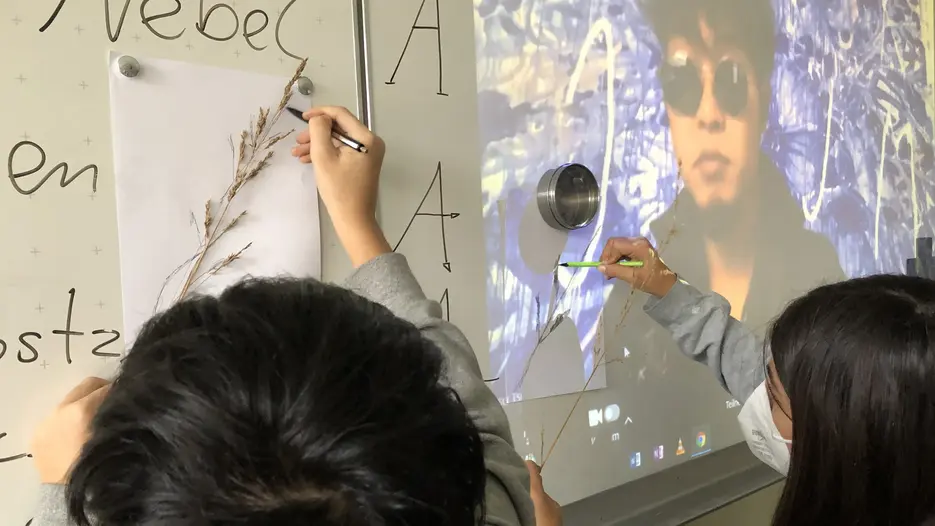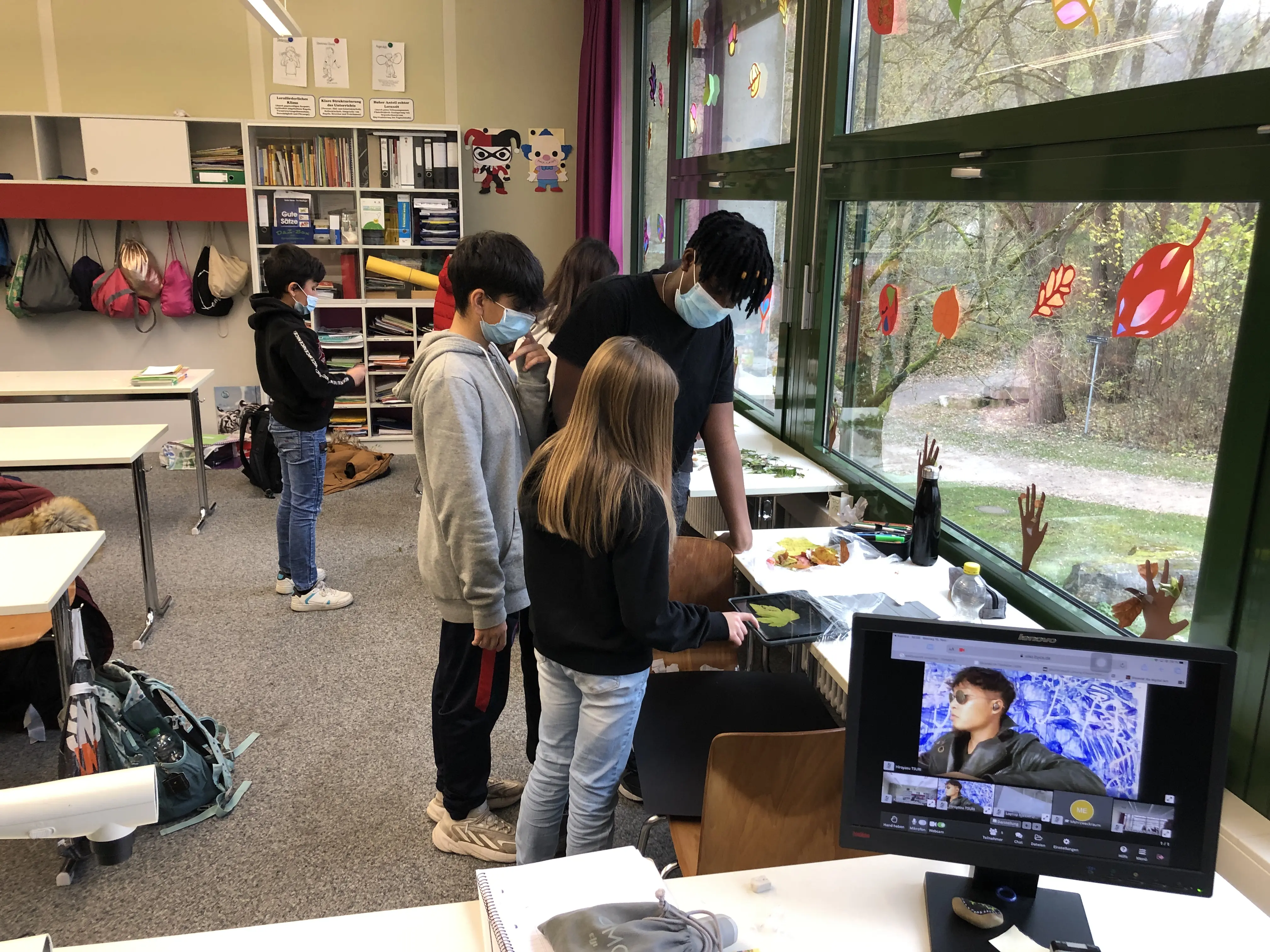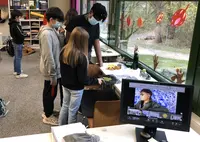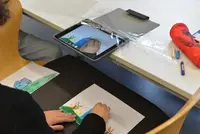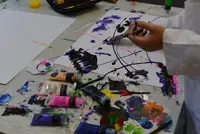The international non-profit organization “Spoke Context” has been working with school children and youths, artists, youth organization and the public and private sector for many years. This is how founder Elif Ucan describes the impact of her organization: “We develop, organize and enable collaboration between young people and international contemporary artists. The core objective of Spoke Context is to make use of the positive energy and the power of art as a means of showing identity in the public realm. We seek to promote core competencies and create awareness for cultural understanding and foster collaboration, diversity, innovative thinking and civic engagement through art in communities all over the world.” Those involved in these projects want to prepare young people for their role in actively helping to shape the world. “We prepare them for their life in different social and economic contexts and encourage them to get active in civic engagement. The encounter with art and artistic expression offers a many-faceted and powerful means for imparting and achieving these educational goals”, says Ucan.
The "Future Forward” project introduces children and young adults to a creative and productive way of thinking that focuses both on manual artisan processes and on the acquisition of more general important skills such as observing, exploring and reflecting on and communicating with images. “It is of particular importance to point out that this art project comprises analog, hybrid and digital elements. The project starts off with a field trip where children collect different shapes in nature and develop individual compositions from them. They draw leaves and plants and also integrate elements they perceive in their immediate environment in the paintings”, explains Professor Wenrich.
What initially is static paintings then evolves into “moving images” in short films in stop-motion technique that are created with tablets. In this process, the children learn how they can breathe life into their drawings using digital tools. Artist Hiroyasu Tsuri accompanies the whole process in video calls, this means that he is also present in the classroom and the school children can interact with him. They are also connected to their peers who maybe paint in other rooms or are in the process of discussing their works with Wenrich and Ucan. “This communicative exchange during the process, both digitally and on site, is very important for us, because we see that the students have an immense need to express their thoughts and talk about their creative work”, says Ucan, who lives in New York. The idea of mixing analog and digital ways of communication and expression was developed independently of any corona measures. But in the current situation, it comes in very handy for implementation of the project. The result is a large-scale work that is presented digitally in form of an outdoor projection.
Ucan and Wenrich are convinced that children and youths at middle schools will benefit from this close personal exchange with culturally diverse international artists from different social backgrounds and learn to understand diversity as a positive resource. Artist Hiroyasu Tsuri says: “The students can express their creativity. The artistic work sparks new ideas and they discover many new features of their own skills. They use their imagination to develop individual solutions. They gather experiences that they carry into their future and will be able to use in co-existence with other people later on.”
The entire process of the project is documented in observance studies and surveys conducted among the children and youths, teachers and principals. This ensures that research on the project flow can still be carried out after conclusion of the project and different partial projects across the cities can be compared with each other. “By supporting and accompanying the project flow academically, we seek to develop a model that can also be used for other project events. This is why we also test our approach for best possible practicability”, says Wenrich.
Dominic Panzner, who also works as school counselor at the middle school in Eichstätt, is the educational advisor for the project. He also thinks that the project is of particular importance for strengthening the children’s creativity, imagination, communication skills and ability to collaborate and work as a team: “The school provides the framework for approaching different topics in projects under the guidance of contemporary artists. The project gives students the feeling of having created something individual that is of importance and carries value, not only for themselves, but for society as a whole. They experience an enthusiastic flow, have creative ideas and get the chance to develop them further and implement them in their work. Approaching art and the integration of digital media in this way leads to impressive results”, says Panzner.
For further information, please visit www.spokecontext.org and www.ku.de/ppf/kunst.
